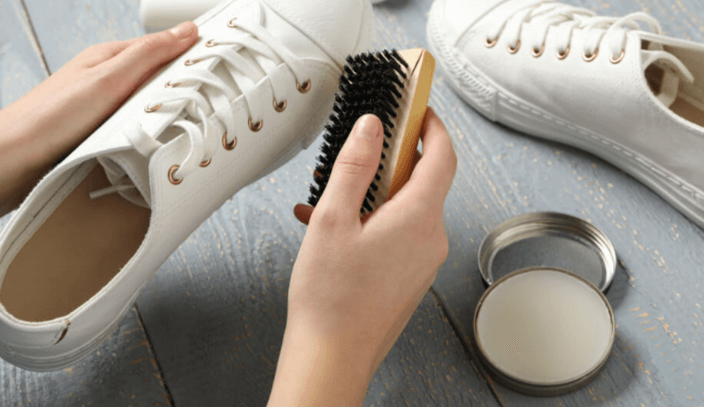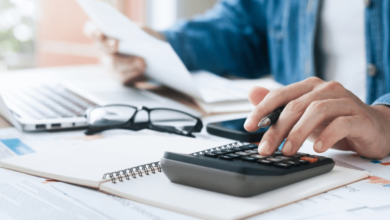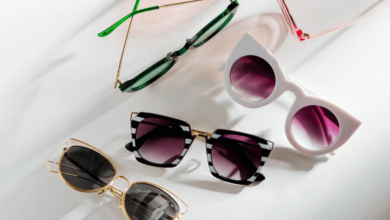Top Shoe Repair Tips for Extending Shoe Life

Introduction
Shoes are an essential part of our daily lives, providing comfort, protection, and style. However, like anything we use regularly, they experience wear and tear over time. Whether you own a pair of elegant leather dress shoes, sturdy hiking boots, or casual sneakers, taking care of your footwear is key to ensuring they last as long as possible. Proper shoe maintenance and timely repairs can significantly extend the life of your favorite pairs, saving you money and preserving their appearance. In this article, we’ll explore the top shoe repair tips that every shoe owner should know to keep their footwear in excellent condition for years.
The Importance of Regular Shoe Maintenance
Regular maintenance is the foundation of long-lasting shoes. By taking care of your shoes on a daily basis, you can prevent minor issues from turning into major problems that require expensive repairs. Here are some basic maintenance tips to keep in mind:
- Clean your shoes regularly: Dirt, dust, and grime can damage your shoes if left untreated. Wipe down your shoes after each wear using a soft cloth or brush to remove any debris. For leather shoes, use a damp cloth followed by a dry one to clean the surface.
- Condition and polish leather shoes: Leather is a natural material that needs moisture to stay supple and prevent cracking. Regular conditioning with a quality leather conditioner will keep the leather soft and flexible. After conditioning, polish your shoes to restore their shine and provide a protective layer against water and stains.
- Protect your shoes from the elements: Rain, snow, and excessive sunlight can all damage your shoes. Apply a waterproofing spray to protect them from moisture, and avoid leaving them in direct sunlight for prolonged periods. If your shoes get wet, allow them to dry naturally at room temperature, stuffing them with newspaper to help retain their shape.
- Use shoe trees: Shoe trees are essential for maintaining the shape of your shoes, especially for leather footwear. They also help absorb moisture and prevent creases from forming. Insert shoe trees into your shoes after each wear to keep them looking their best.
- Rotate your shoes: Wearing the same pair of shoes every day can lead to faster wear and tear. Give your shoes a break by rotating between different pairs. This allows the shoes to air out and the materials to recover, extending their life.
Quick Fixes for Common Shoe Problems
Even with regular maintenance, shoes can develop issues that require attention. Knowing how to perform quick fixes can save you time and money, and keep your shoes wearable for longer. Here are some common shoe problems and how to address them:
- Loose or broken heel: If your shoe’s heel becomes loose or breaks, you can temporarily fix it using super glue or shoe adhesive. Apply the glue to the loose area and press firmly. This quick fix can hold until you can get to a professional cobbler for a more permanent repair.
- Worn-out soles: Worn-out soles can lead to discomfort and affect the overall durability of your shoes. If you notice the sole is thinning, consider using a sole protector or taking the shoes to a cobbler for a full resole. Sole protectors are adhesive rubber patches that can be applied to the bottom of the shoe to prevent further wear.
- Loose stitching: Loose stitching can lead to holes and further damage if not addressed. For minor issues, you can re-stitch the loose threads with a needle and strong thread. For more significant problems, it’s best to take the shoes to a professional for re-stitching.
- Scuffed leather: Scuffs and scratches on leather shoes can be unsightly, but they are usually easy to fix. Use a leather repair cream or polish that matches the color of your shoes to cover the scuff. Gently rub the cream into the leather until the scuff is no longer visible.
- Odor control: Shoes can develop unpleasant odors over time, especially if they are worn frequently. To combat this, sprinkle baking soda inside the shoes and let it sit overnight before shaking it out. You can also use shoe deodorizer sprays or cedar shoe inserts to keep them smelling fresh.
When to Seek Professional Shoe Repair
While many minor issues can be handled at home, there are times when professional help is necessary to ensure your shoes are properly repaired. Knowing when to take your shoes to a cobbler can make the difference between saving them and having to replace them entirely. Here are some situations where professional repair is recommended:
- Heel replacement: Heels are one of the most common areas to wear out on a shoe. If the heel is severely worn down, uneven, or broken, it’s best to have a cobbler replace it. A professional can match the new heel to the original, ensuring the shoe’s balance and appearance are restored.
- Complete resole: When the soles of your shoes are beyond simple patching, a full resole is necessary. This is especially important for leather-soled shoes or high-quality footwear that you want to preserve. A cobbler can replace the entire sole, extending the life of the shoes by several years.
- Rebuilding the shoe structure: If your shoes have lost their shape or the interior structure is damaged, a cobbler can rebuild the shoe from the inside out. This may involve replacing the insole, adding new padding, or reinforcing the shoe’s frame.
- Leather restoration: For high-end leather shoes that have seen better days, professional leather restoration can bring them back to life. A cobbler can clean, condition, and re-dye the leather, making the shoes look almost new again.
- Specialty repairs: If your shoes have unique features such as zippers, buckles, or intricate stitching, it’s best to leave the repairs to a professional who has the experience and tools to handle these details.
Tips for Preventing Shoe Damage
Prevention is always better than cure, and this is especially true when it comes to shoe care. By taking a few proactive steps, you can prevent many common shoe issues from occurring in the first place. Here are some tips to help you avoid unnecessary damage to your shoes:
- Use protective products: Apply waterproofing sprays to your shoes to protect them from water damage. For leather shoes, use a leather protector that guards against stains and scratches. For suede shoes, use a suede-specific protector to maintain their texture and appearance.
- Avoid harsh environments: Try to avoid wearing your best shoes in harsh environments, such as muddy or wet areas, or on rough terrain. If you know you’ll be walking a lot, consider wearing a more durable pair of shoes and changing into your nicer ones when you reach your destination.
- Proper storage: Store your shoes in a cool, dry place, away from direct sunlight. Use dust bags or shoe boxes to protect them from dust and damage. If possible, store them with shoe trees to maintain their shape.
- Regular inspections: Check your shoes regularly for signs of wear and tear. Catching issues early, such as thinning soles or loose stitching, can prevent them from becoming bigger problems that require more extensive repairs.
- Alternate shoes: As mentioned earlier, rotating your shoes is crucial to extending their life. Wearing the same pair of shoes every day puts a lot of stress on them, leading to faster wear. By alternating between different pairs, you allow each pair to rest and recover.
The Role of Shoe Inserts and Insoles
Shoe inserts and insoles can play a significant role in extending the life of your shoes, especially if you spend a lot of time on your feet. Inserts can provide additional cushioning, support, and protection for your shoes, making them more comfortable and durable. Here’s how shoe inserts can help:
- Reduce wear and tear: Inserts can absorb some of the impact from walking or running, reducing the wear on your shoes’ insoles and uppers. This can be particularly beneficial for people who are on their feet all day.
- Improve comfort: If your shoes are slightly too large or lack adequate support, inserts can provide a better fit and more comfort. This can help prevent blisters, foot pain, and other issues that can arise from poorly fitting shoes.
- Increase lifespan: By reducing the strain on the shoes’ original insoles and structure, inserts can help extend the overall lifespan of your footwear. They can be easily replaced when worn out, saving your shoes from unnecessary damage.
- Customization: Inserts come in various forms, from simple gel pads to custom orthotics. Depending on your needs, you can choose inserts that offer the right level of support and cushioning for your feet and your shoes.
FAQs
What should I do if my shoes get wet?
If your shoes get wet, remove any excess water with a towel and stuff them with newspaper to help absorb moisture and maintain their shape. Allow them to dry naturally at room temperature, away from direct heat sources like radiators or hair dryers, which can damage the material.
How often should I condition leather shoes?
Leather shoes should be conditioned every few months, or more often if they are exposed to harsh conditions. Regular conditioning keeps the leather soft, prevents cracking, and helps maintain the shoe’s appearance.
Can I repair my own shoes at home?
Minor repairs, such as fixing loose stitching or applying sole protectors, can be done at home with the right tools and materials. However, for more complex repairs, such as heel replacement or resoling, it’s best to seek professional help to ensure the job is done correctly.
How can I prevent my shoes from developing odors?
To prevent shoe odors, allow your shoes to air out after each wear and avoid wearing the same pair two days in a row. Using shoe deodorizer sprays, cedar inserts, or sprinkling baking soda inside.







